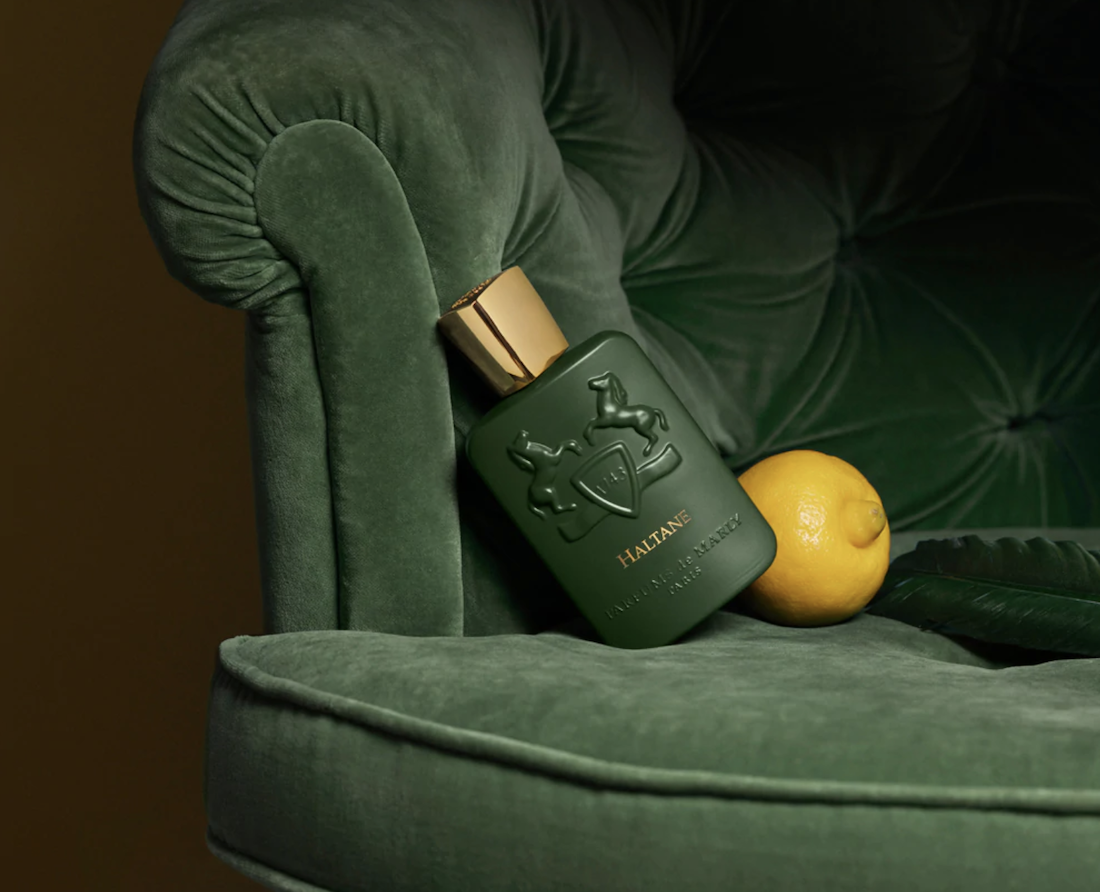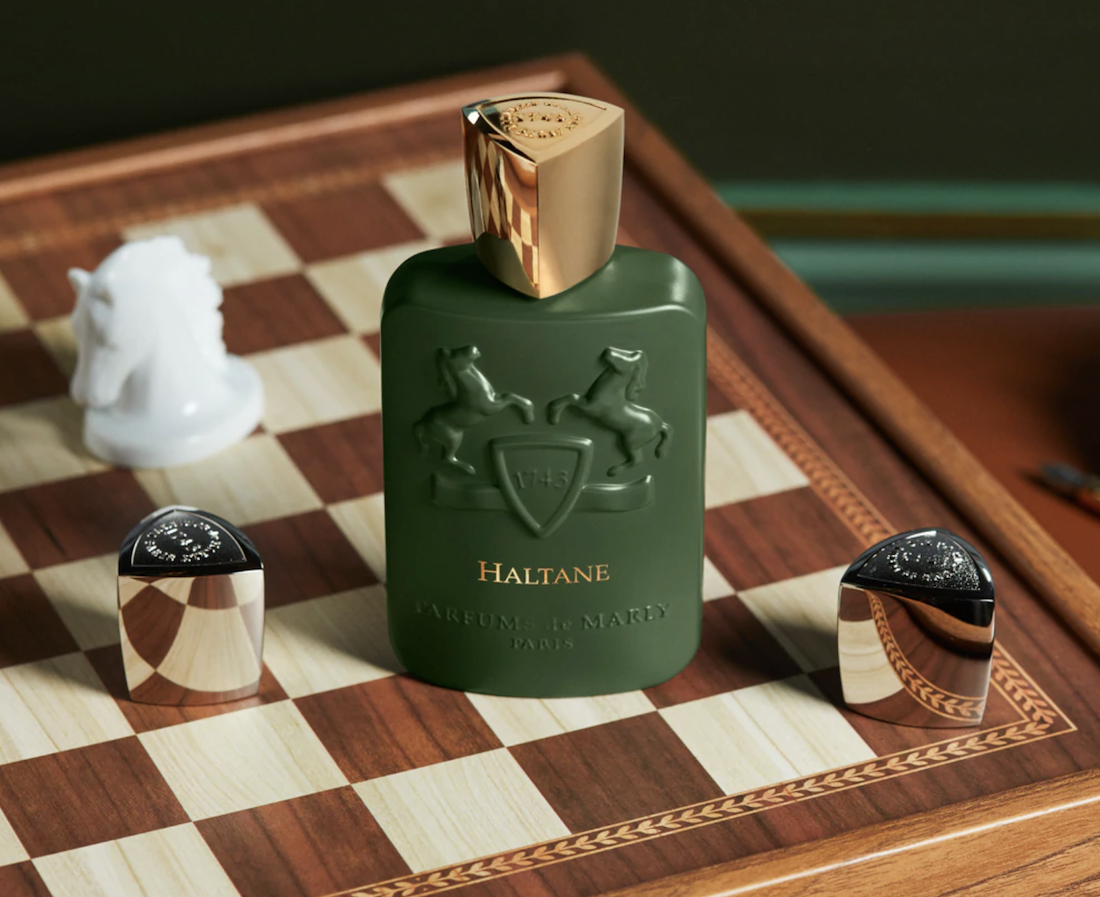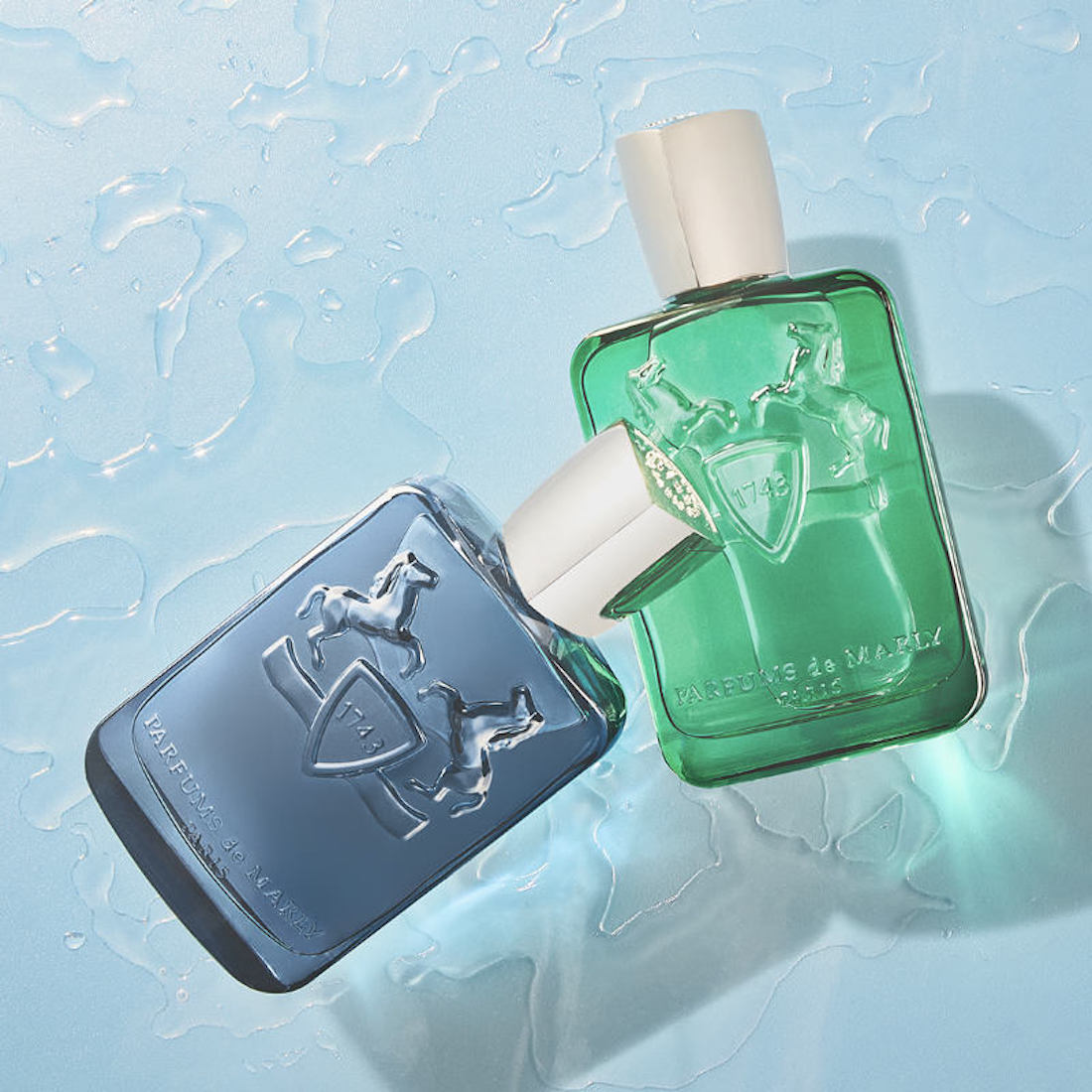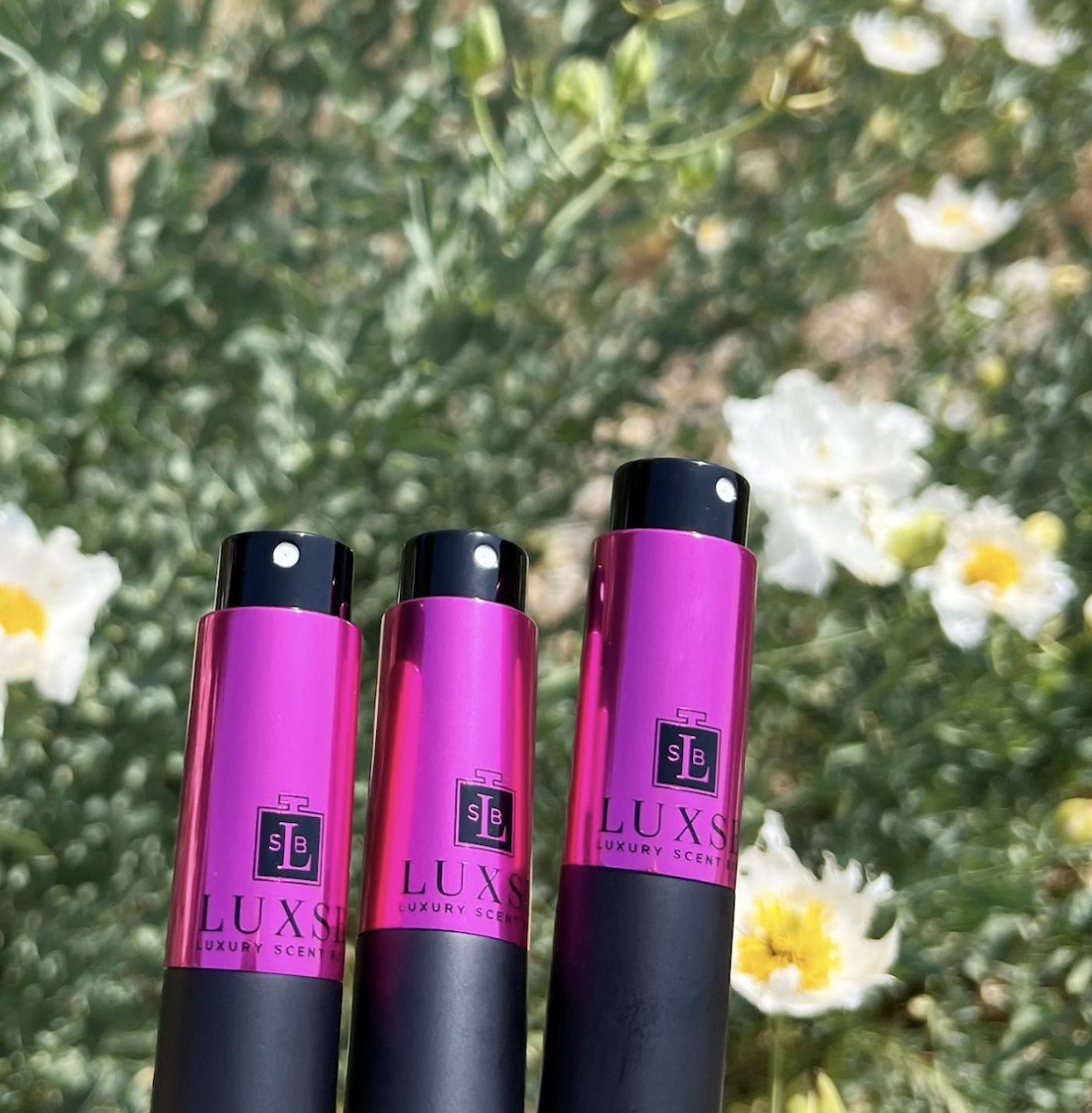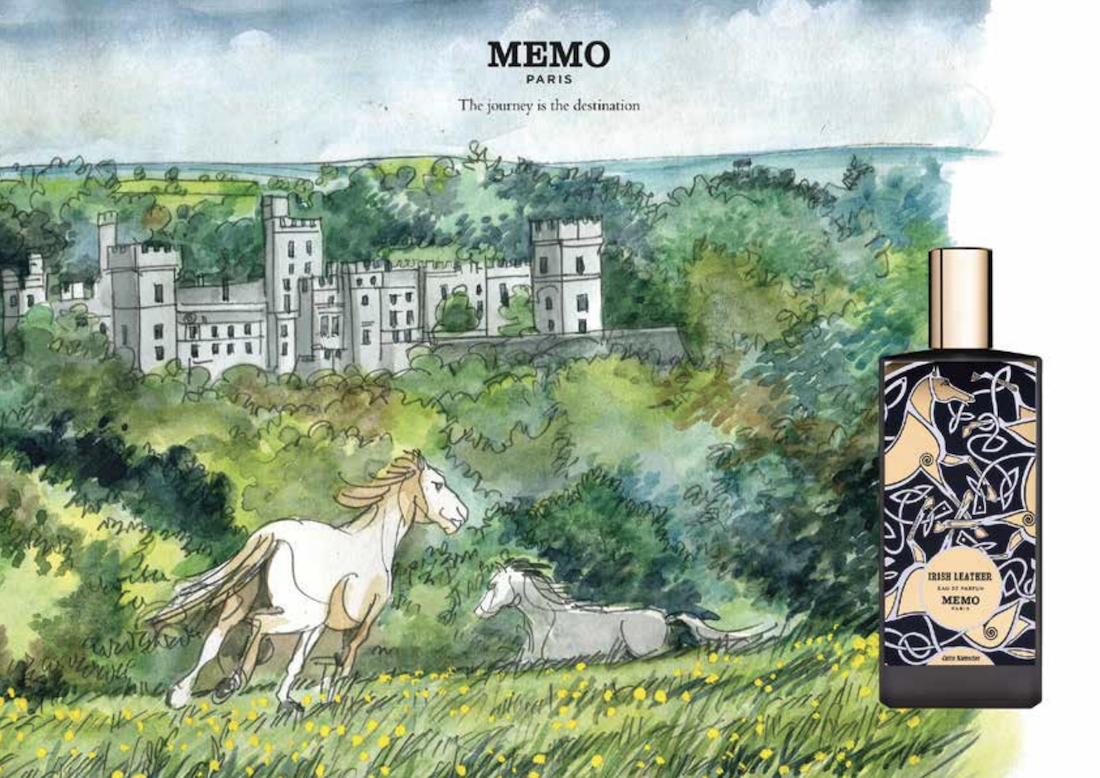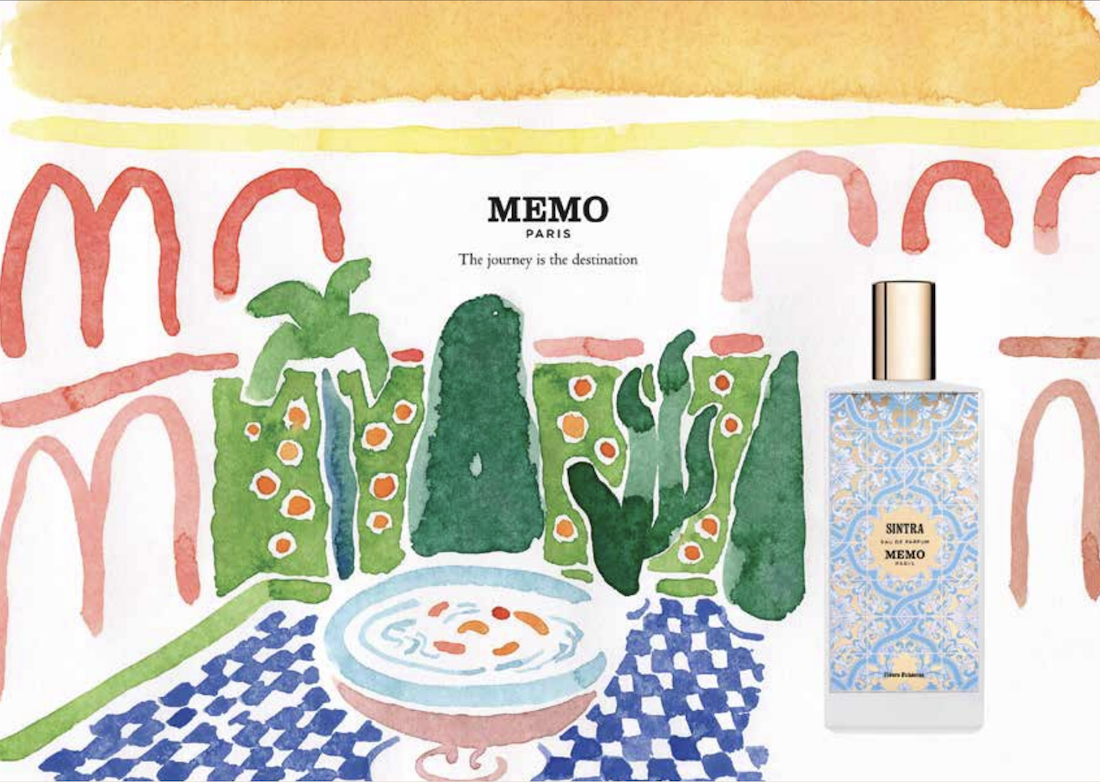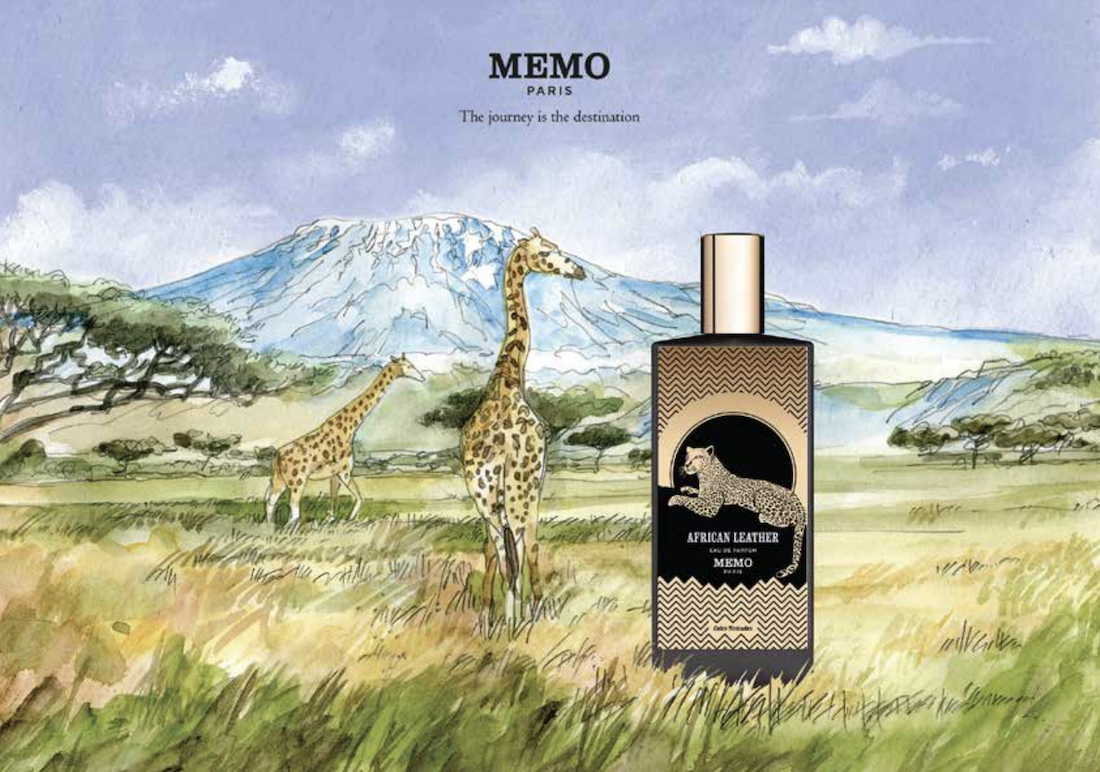Fragrance 101: What is the Olfactory Pyramid?
If you have followed any fragrance houses, or websites, or read a designer or niche perfume description, terminology gets tossed around frequently. And without fail, you will hear the term notes. Notes that are at the top, middle, and base. But what does it mean, actually? These terms revolve around the concept known as the fragrance pyramid. Each scent has a composition. There is a structure created by trained noses that holds it together and gives it beauty and a measure of longevity. It determines the volatility of your scent. Every phase of scent has a meaning and contributes to its individuality and intrigue. They also determine the way your scent dries down and the speed at which it may fade away. Let's examine the fragrance or olfactory pyramid and why it has everything to do with how fragrance works.

Top notes happen to sit at the top of the pyramid because they are made of lighter molecules and have less strength or longevity. This is the most volatile piece of the pyramid. Top notes can pack a powerful initial punch at the very first spray, but tend to taper off and die down quickly thereafter. The effect may be as little as fifteen minutes. They tend to tease the nose with an allure that leads to impulse buying, so watch out for buying based on the top note. Let the scent breathe and wait to see the development. Some very popular families for top notes include the herbal and citrus families.
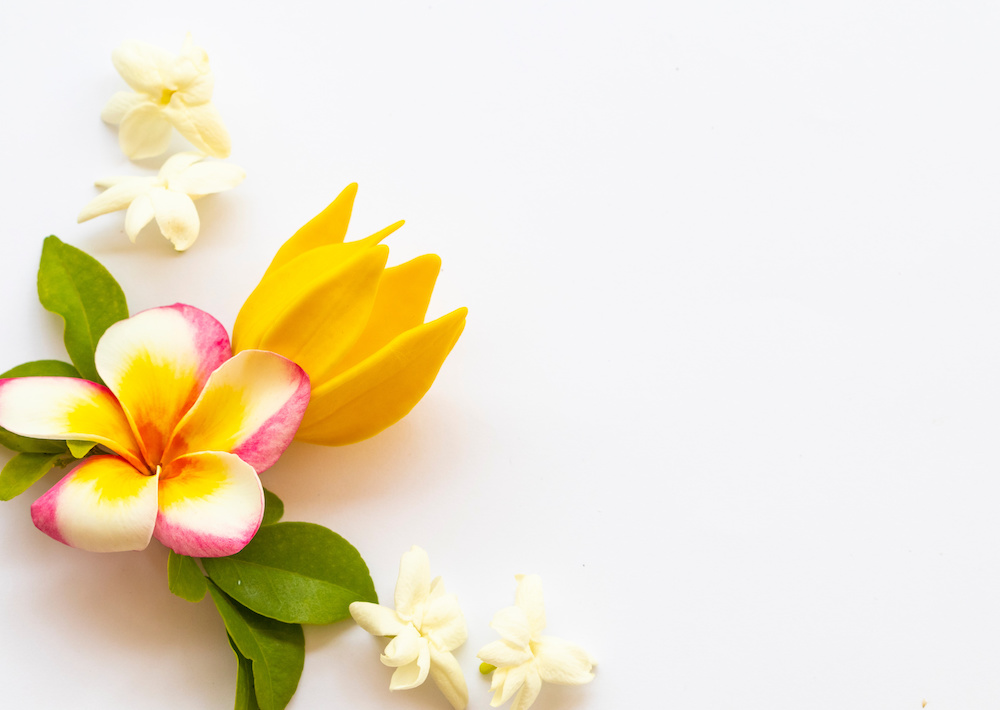
Middle notes or the heart notes are the centers of the scent's composition. The soulful connection of your fragrance journey begins here, within the first fifteen minutes to several hours after the first spritz. This is also referred to as the soul of the fragrance. The notes that are found at the heart are well-rounded and sturdy in terms of molecular structure. Plus, they are typically quite attractive to the nose. Some favorite middle notes include those from the floral family such as rose, gardenia, ylang-ylang, or tuberose. Herbs like lavender and rosemary and spices such as nutmeg, clove, and cinnamon are often other integral notes found at the heart.
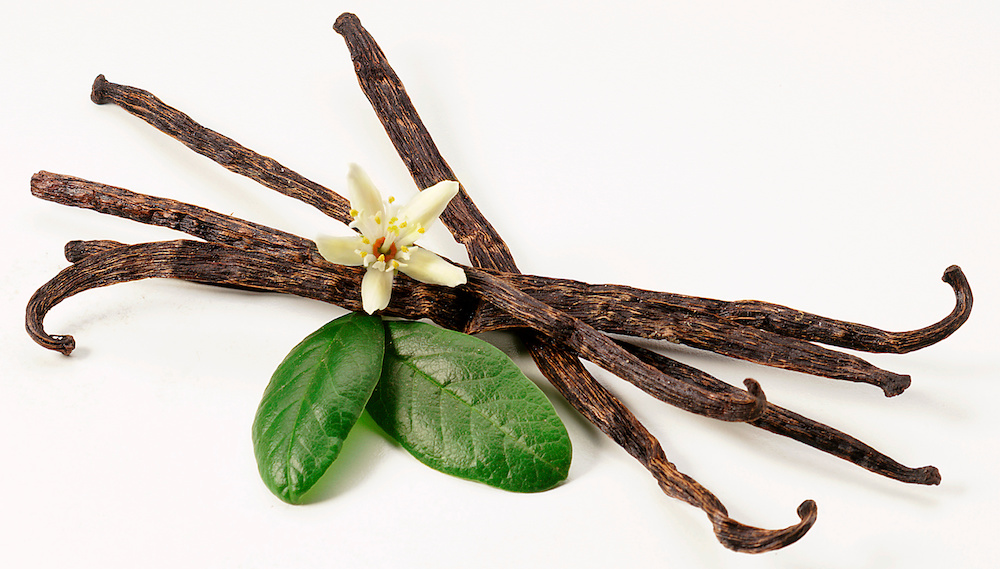
Base notes hold the scent to the skin long after the first two levels have dissipated. They may not show up until the most volatile notes are gone. They are usually made of the heaviest materials, woods, and resins and provide longevity and a full-bodied scent experience. Some of those base notes include agarwood, cedarwood, patchouli, vanilla, and vetiver. The lingering quality of your scent would not be the same without the hard-working base notes that cling to your body and draw it near. The base note could last anywhere from several hours to several days depending on the quality of ingredients selected. This is one reason why even if your scent is absolutely amazing, there may be a need to reapply.

You may enjoy a fragrance at one, two, or all three parts of the olfactory pyramid. Our faves are usually beautiful and alluring to the nose no matter where they are in the dry-down process. It helps to understand the meaning behind the pyramid to see why scent changes and develops as we wear it throughout the day. Now at LUXSB perfume subscription, you can browse our fragrance library and search by filtering fragrance notes. Discover Luxury Scent Box's fragrance library for men & women here.



